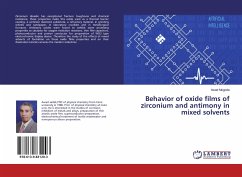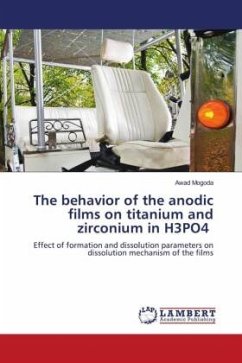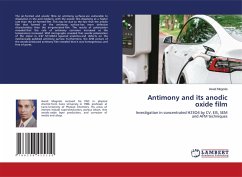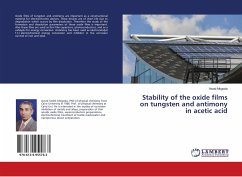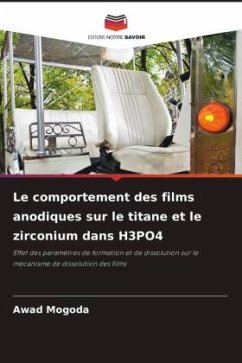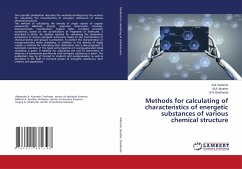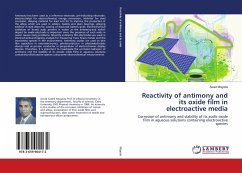
Characteristics of anodic films on antimony and zirconium in phosphate
Electrical properties of surface films on metals
Versandkostenfrei!
Versandfertig in 1-2 Wochen
26,99 €
inkl. MwSt.

PAYBACK Punkte
13 °P sammeln!
Antimony affects the mechanical properties of the alloys and the electrochemical processes of the positive plate of the battery. Also antimony and its compounds are used in medicine since early times to the present. Antimony oxides were used as catalysts for oxygen evolution reactions, thin film capacitors, good proton conductor and photoconductor. Zirconium is used as an opacifier, conferring a white, opaque appearance to ceramic and as fuel cladding and core structure materials in nuclear industry. It is a highly selective oral sorbent designed specifically to trap potassium ions in preferen...
Antimony affects the mechanical properties of the alloys and the electrochemical processes of the positive plate of the battery. Also antimony and its compounds are used in medicine since early times to the present. Antimony oxides were used as catalysts for oxygen evolution reactions, thin film capacitors, good proton conductor and photoconductor. Zirconium is used as an opacifier, conferring a white, opaque appearance to ceramic and as fuel cladding and core structure materials in nuclear industry. It is a highly selective oral sorbent designed specifically to trap potassium ions in preference to other ions throughout the gastrointestinal tract. Zirconium dioxide is used in laboratory crucibles, in metallurgical furnaces, and as a refractory material.



